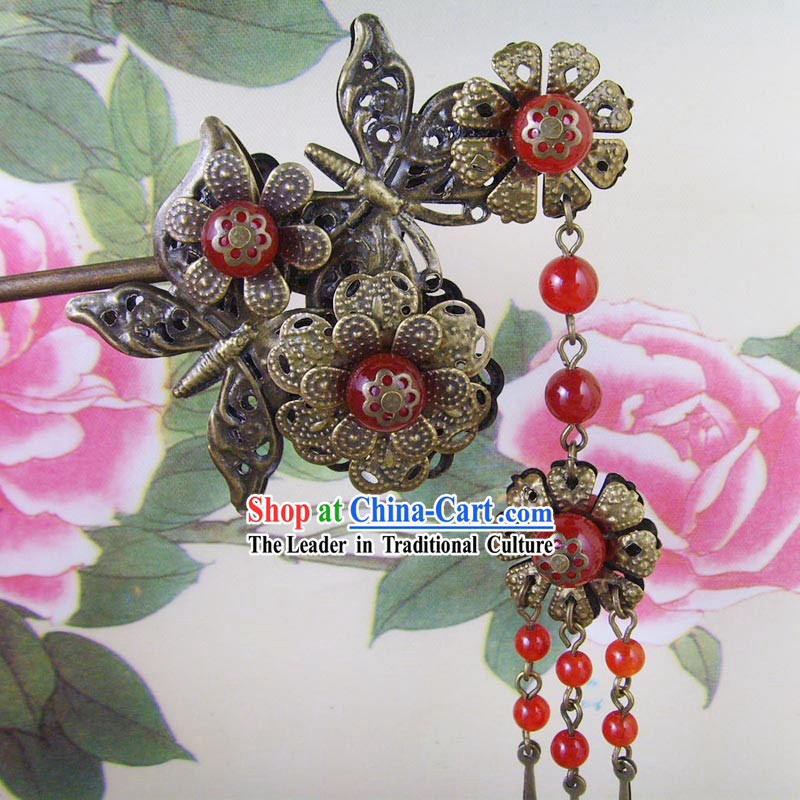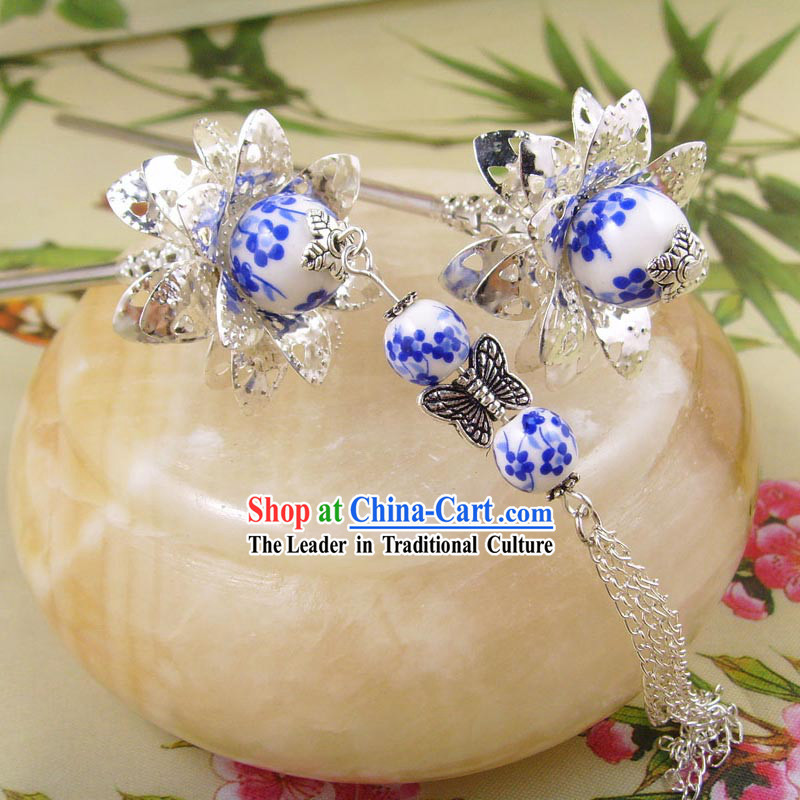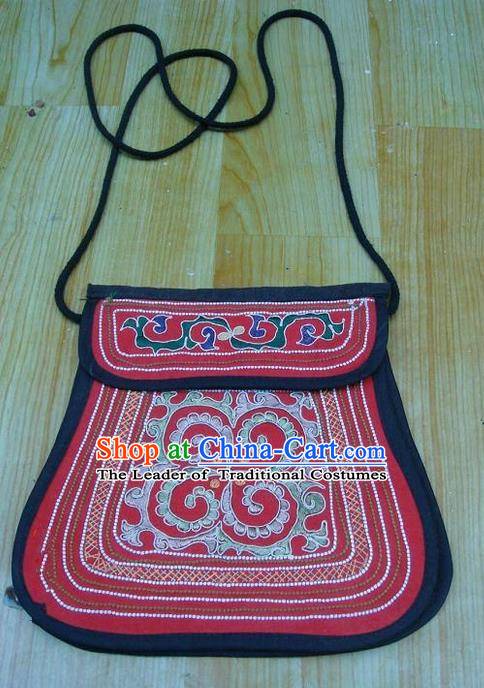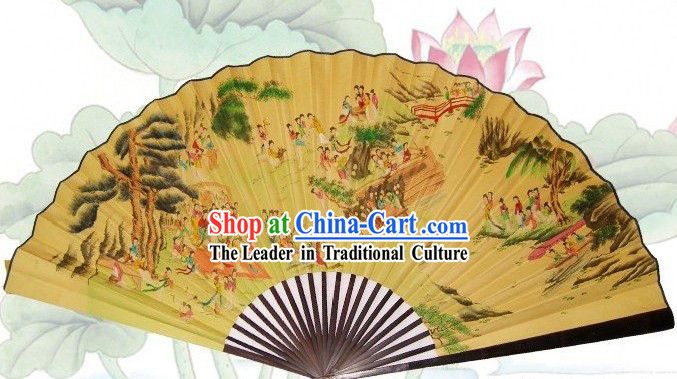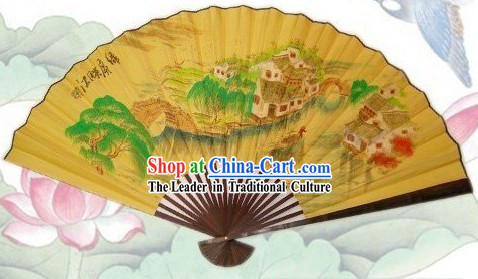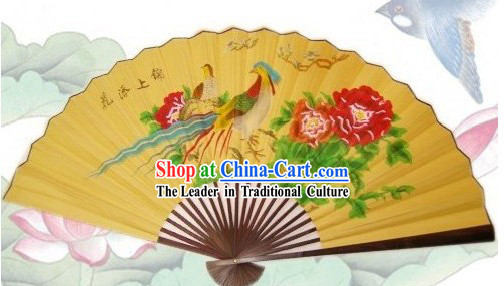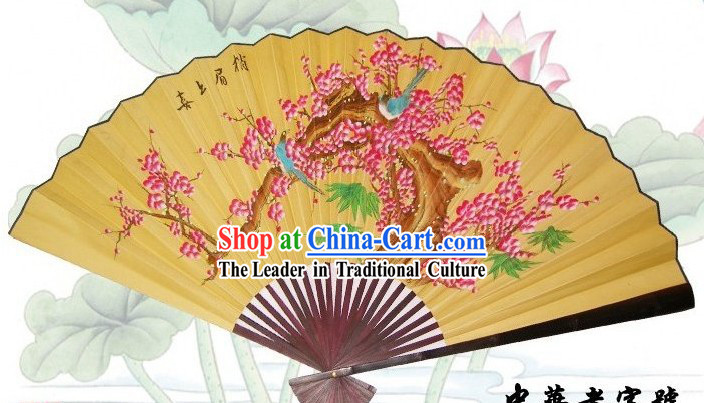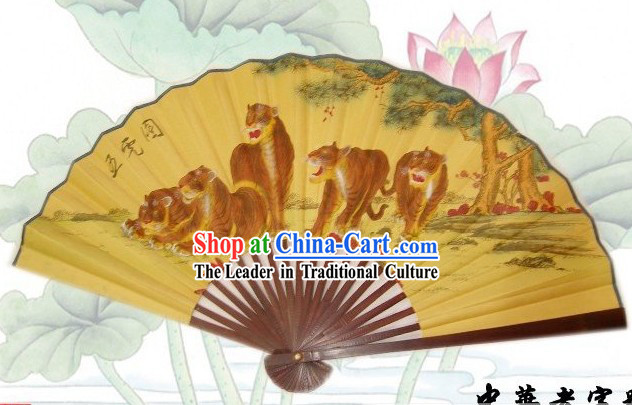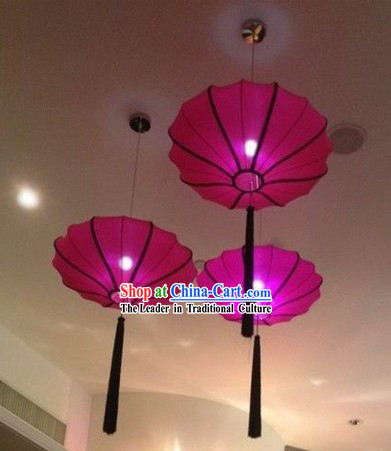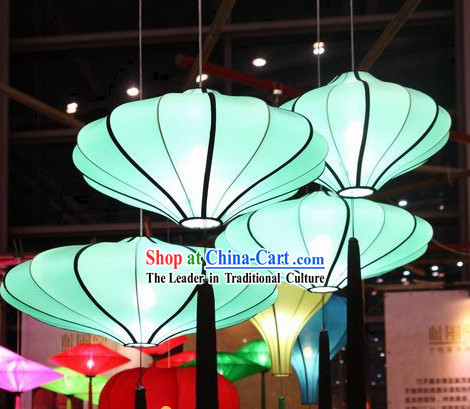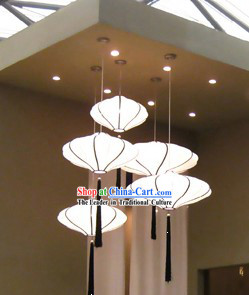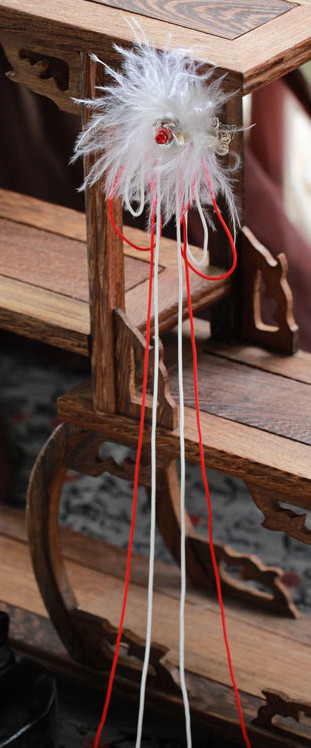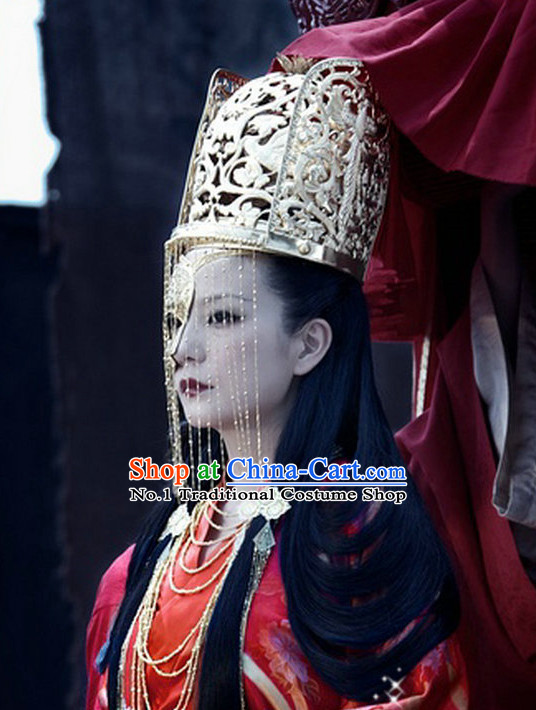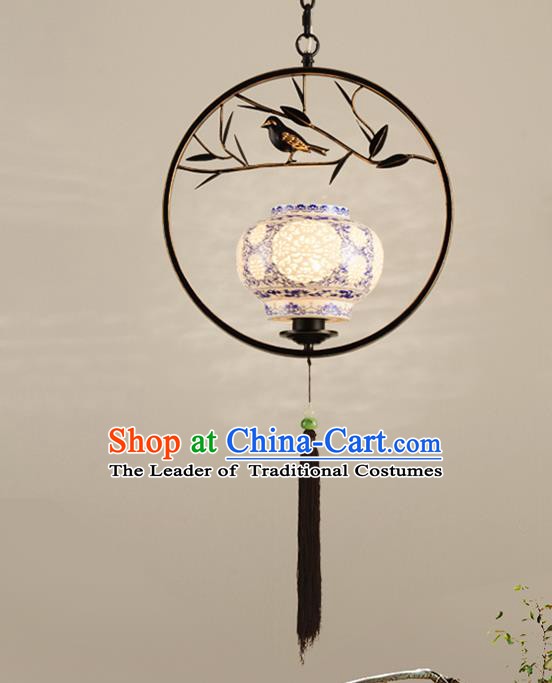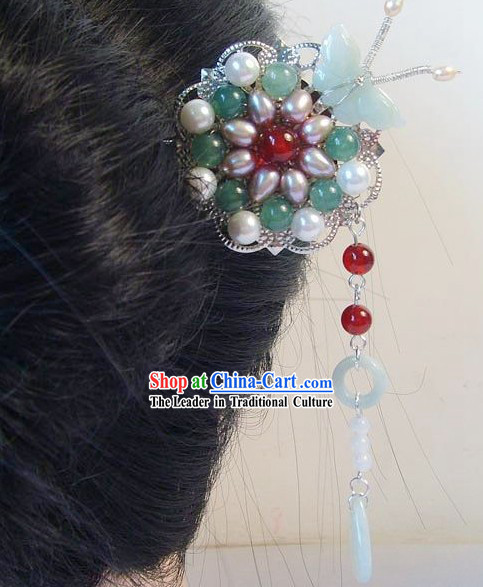
Click Related Pictures for More Audios:
These traditional Chinese handcrafted ornaments, with their exquisite craftsmanship and rich cultural connotations, showcase the unique charm of ancient Chinese art.
They are typically made from materials such as silk, gold and silver threads, beads, etc.
and have unique design styles and symbolic meanings.
These ornaments not only have practical value but also carry abundant historical information and cultural symbols.
Among these ornaments, we can see various animal images, such as dragons, phoenixes, and kylins, which are all auspicious creatures in ancient Chinese mythology.
In addition, there are also floral patterns, such as peonies and chrysanthemums, which hold a high status in Chinese culture and represent wealth, good fortune, and beauty.
The design styles of these ornaments vary greatly, some are simple and elegant while others are intricate and ornate.
Their colors are also diverse, including red, green, blue, etc.
These colors also have special meanings in traditional Chinese culture.
For example, red symbolizes joy, passion, and vitality; green represents vitality, hope, and tranquility; blue signifies wisdom, loyalty, and nobility.
The production process of these ornaments is exquisite and requires multiple steps to complete.
From selecting materials to dyeing, embroidery, inlaying, and other processes, they all require the careful polishing and patient carving of artisans.
The inheritance and development of this traditional handicraft provide us with a window to understand ancient Chinese culture.
In conclusion, these traditional Chinese handcrafted ornaments, with their exquisite craftsmanship, rich cultural connotations, and unique design styles, showcase the unique charm of ancient Chinese art.
They are not only practical household items but also artistic treasures that carry abundant historical information and cultural symbols.
